I love horses. The Lipizzaner white stallions of Vienna are my absolute favorite! The Lipizzaner stallions are white horses that perform at the Spanish Riding School in Vienna, Austria. The stallions are known for their classical dressage movements and are featured in public performances called the Ballet of the White Stallions.
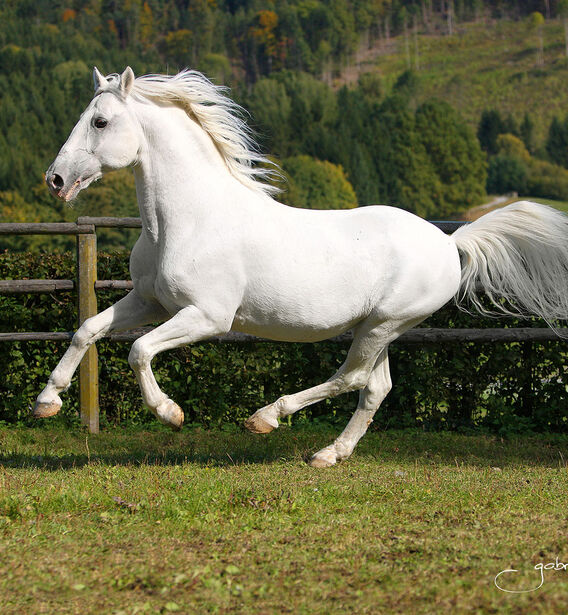
The Lippizaner descends from bloodlines that originated in the ninth century when Barb horses brought to Spain by the Moors crossed with native breeds. The resulting Iberian horses gained popularity throughout Europe as mounts for the military and nobility.
The foundation of the Lipizzaner breed began in the court studs of the Habsburg Monarchy in the Austro-Hungarian Empire. When Emperor Maximillian II founded the Spanish Riding School in Vienna in 1572, the school only used horses of Spanish descent.
In 1580, Archduke Charles II imported nine stallions and twenty-four mares from Spain to found the court stud at Lipizza, now modern-day Lipica, Slovenia. Other bloodlines from Italy, Germany, and Denmark contributed to developing a distinct type of horse at the stud.
Initially called Spanish Karst horses, the new breed first gained the Lipizzaner name in the second half of the 1800s.
The Lippizaner, or Lipizzan, is one of the most culturally significant European horse breeds. Made famous by the Lipizzaner stallions of the Spanish Riding School in Vienna, these horses are recognized worldwide for their classical dressage ability.
Named for the stud farm where they originated, the Lippizaner is the product of nearly five centuries of selective breeding. However, the breed’s famous bloodlines were almost lost during World War II.
While initially developed as the ultimate military horse and used widely in classical riding schools, the Lippizaner is also a popular dressage mount for pleasure riders. With correct care and management, these horses can have exceptionally long athletic careers.
Early breeders developed the Lipizzaner horse as riding and light carriage horses. Military riding schools refined Lipizzaner breeding to create specialized cavalry mounts and trained horses to perform in exhibitions for European nobility.
The Spanish Riding School in Vienna continues to operate today, preserving classical horsemanship methods and performing public exhibitions in the same Winter Riding School hall used since the 18th century.
Lippizaners have faced numerous threats from centuries of European wars. Invasions in the late 18th and early 19th century forced the evacuation of the Imperial stud farm and destroyed most early breeding records.
New infusions of Arabian blood and seeded populations of Lipizzans in Eastern Europe during the 1800s maintained the breed’s genetic diversity. However, the stud had to relocate during WWI, and horses were divided between Italy and Austria at the war’s conclusion.
WWII also significantly impacted the breed’s history. As the war intensified, the Spanish Riding School transferred horses from the Piber stud farm to a former Czech farm in Hostau. The performance stallions were evacuated from Vienna to St. Martin in Upper Austria shortly after.
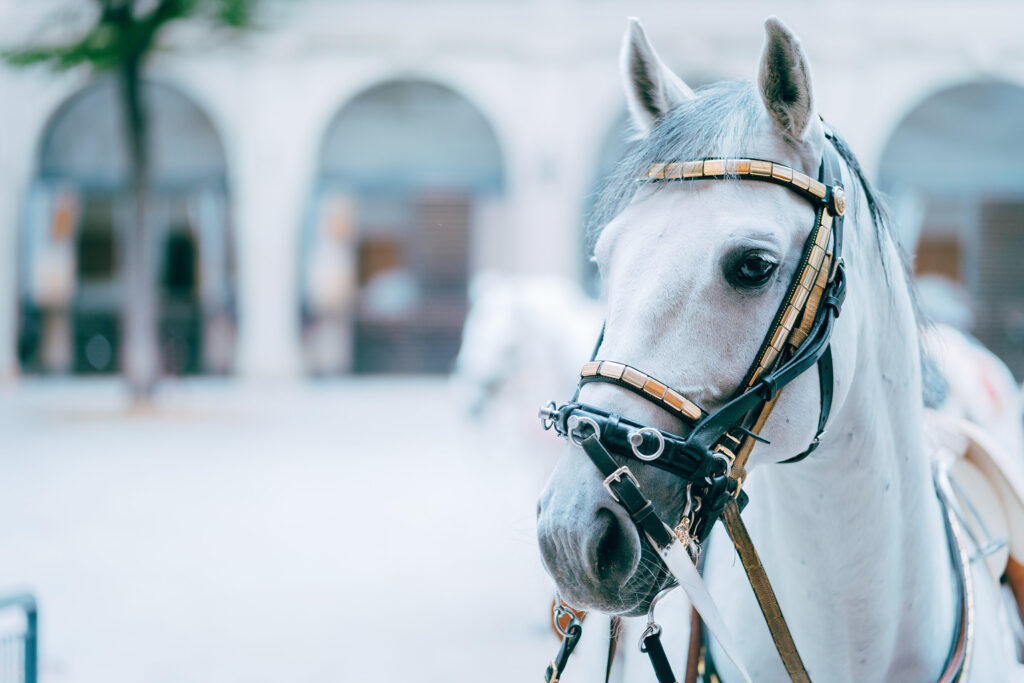
Spanish Riding School in Vienna.
Concerned about the Soviet Army descending on Hostau at the war’s end, Spanish Riding School director Colonel Alois Podhajsky secretly sought special protection from the U.S. Army for the Lipizzaner.
Known as Operation Cowboy, the covert mission led by a coalition of American and German soldiers to rescue the Hostau herd is immortalized by powerful images of the military convoy escorting hundreds of Lipizzaner mares and foals through enemy lines to safety.

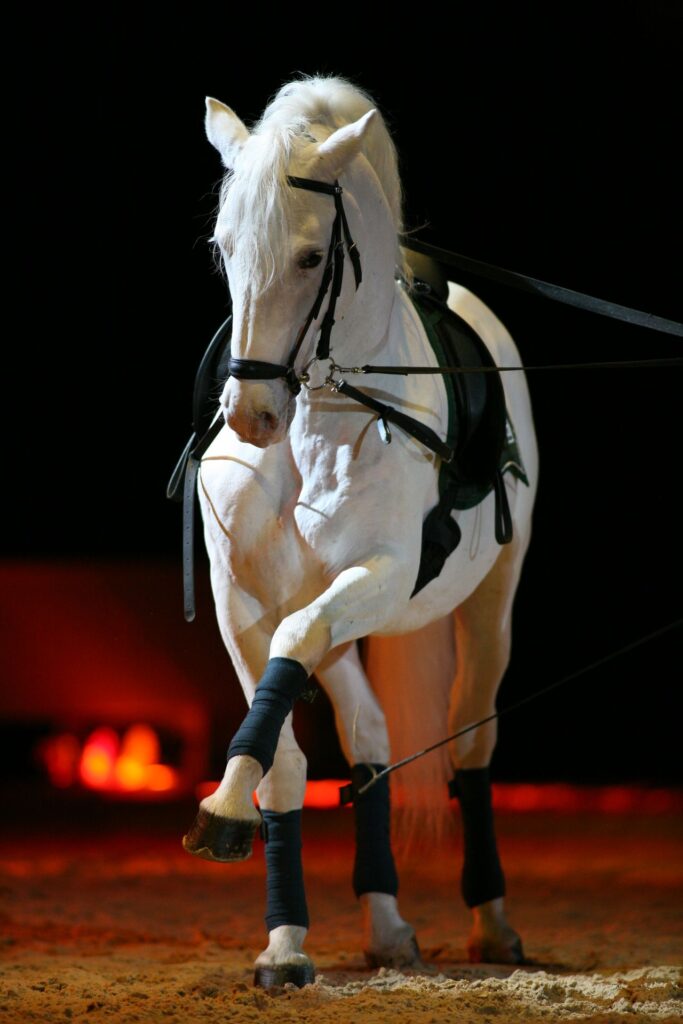
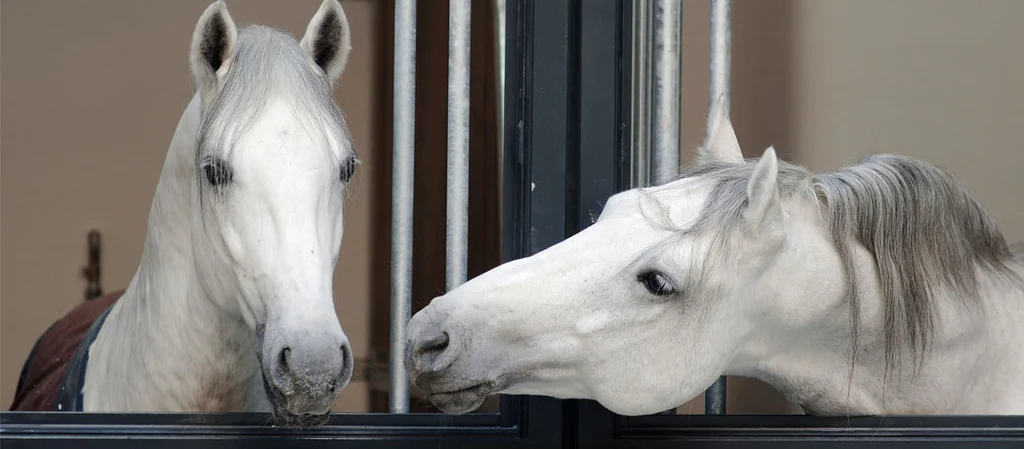

My Children’s Classic read for this month was picked with this love in mind.
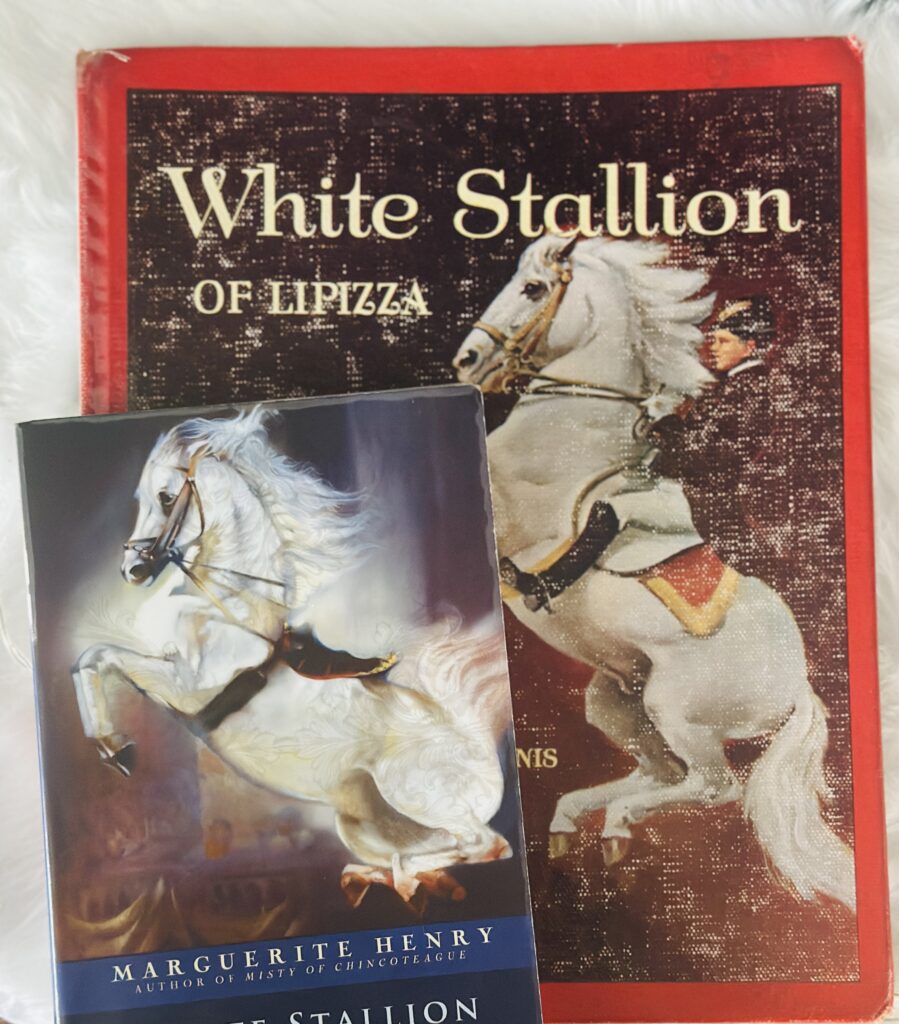
The magnificent Lipizzan stallions of Vienna come to life as never before in this exciting story from Newbery Award–winning author Marguerite Henry, now back in print in a gorgeous hardcover gift edition.
A young boy named Hans dreams of one day working with the famed stallions of Lipizza. But coming from a family of bakers, Hans is discouraged from ever becoming a rider. That is, until the day he is invited to watch the extraordinary Ballet of Lipizzaners—from the Imperial Box!—and his life is changed forever.
Marguerite Henry artfully includes authentic details about the skillful training of both horse and rider as she weaves the story of Hans and his beloved Lipizzan stallion, Borina. The brilliance of Hans’s dazzling public performances and his devotion to the art of classical riding make this story uniquely rich in history and horsemanship—a tale to be treasured by horse lovers of all ages.
This beloved story from Newbery Award–winning author Marguerite Henry features the original text and illustrations in a gorgeous collectible hardcover edition.
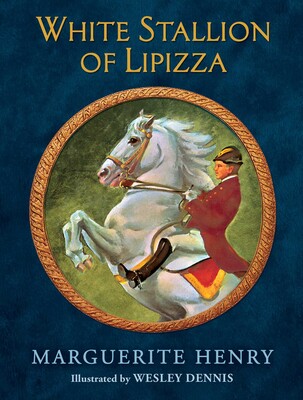
Marguerite Henry (1902–1997) was the beloved author of such classic horse stories as King of the Wind, Misty of Chincoteague, and Stormy, Misty’s Foal, and her work has won several Newbery Awards and Honors.
This read is just lovely.


